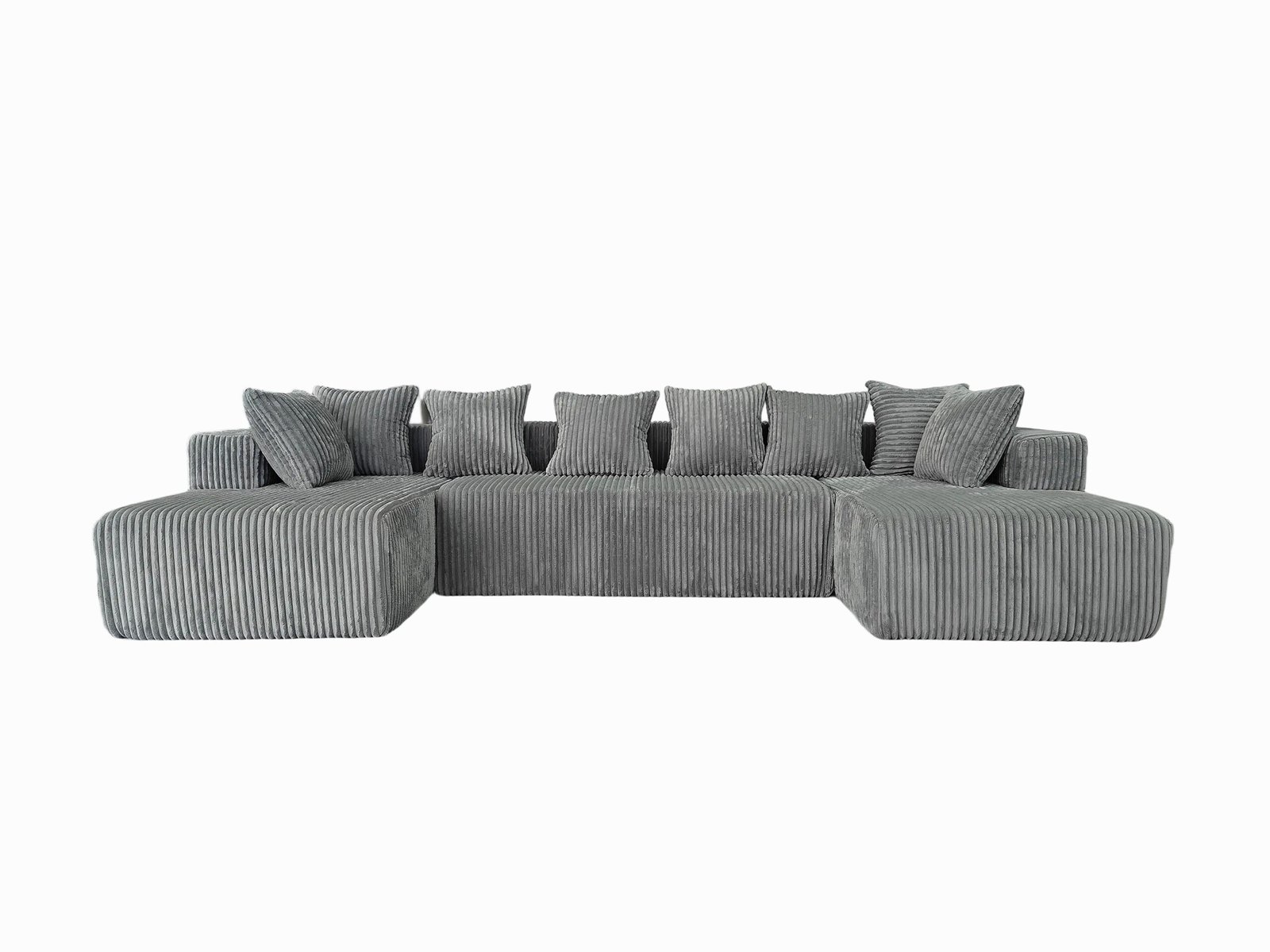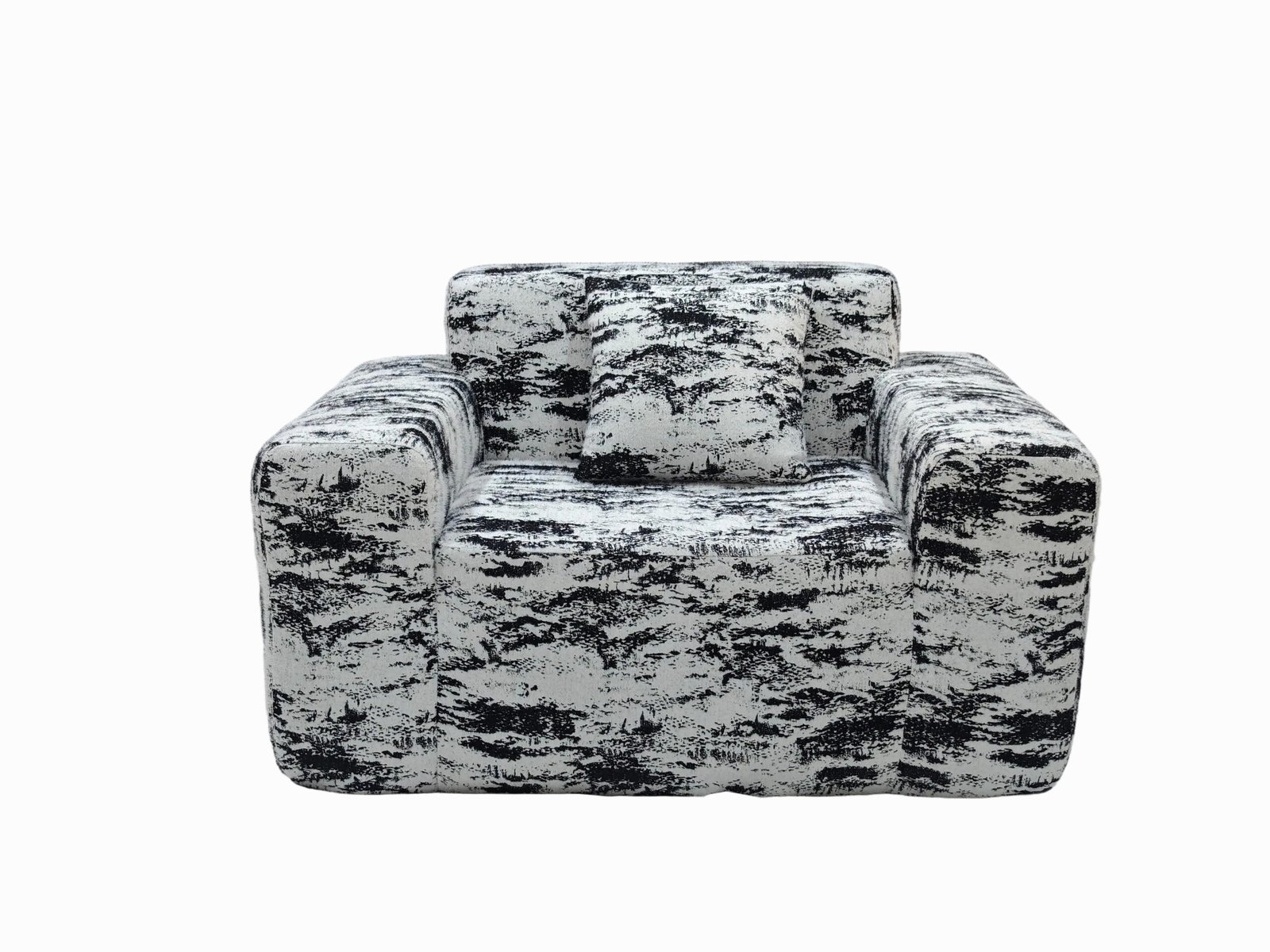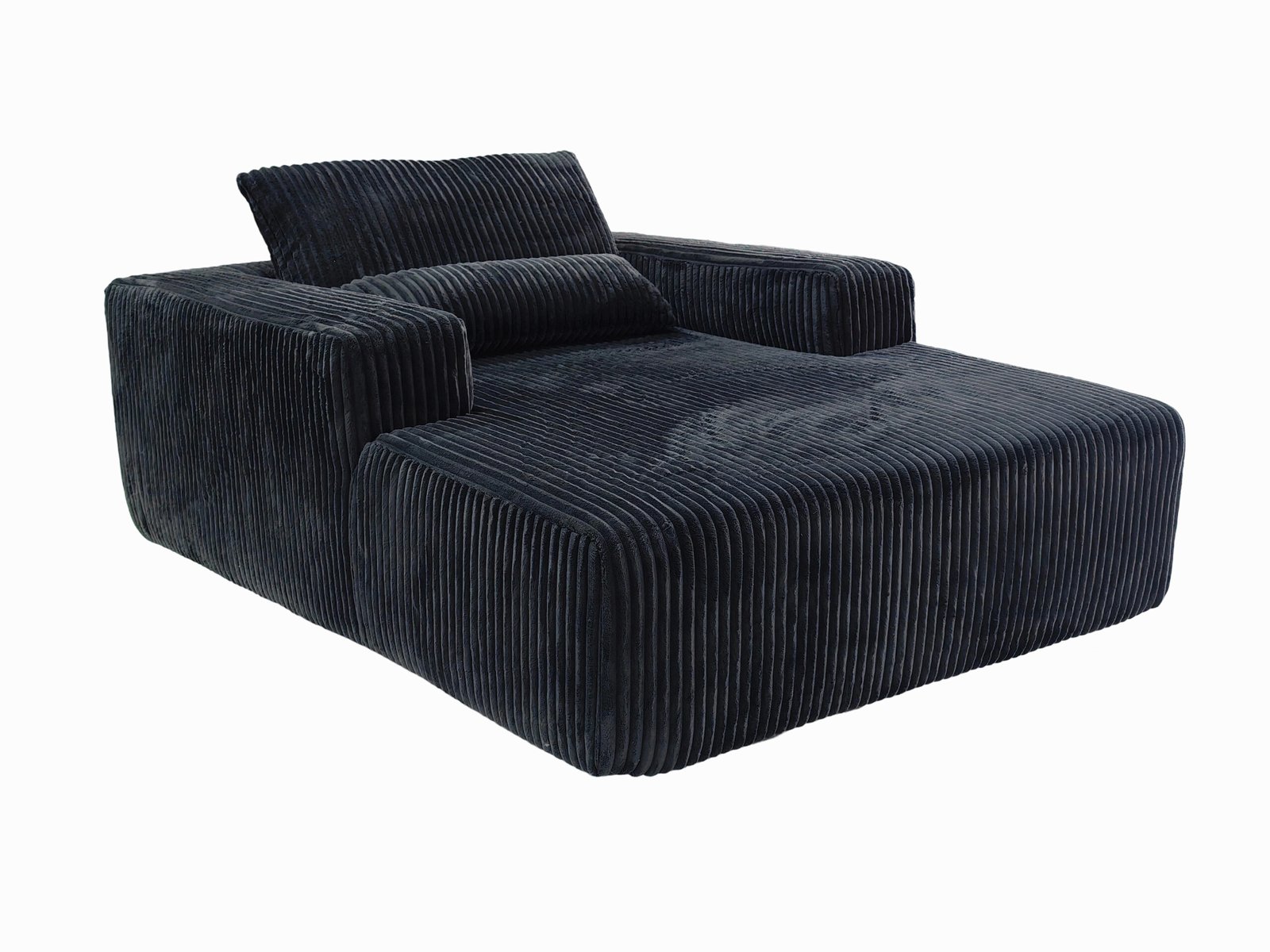
Struggling to align your furniture business with eco-friendly trends? You're not alone—compressed sofas might be the missing piece.
Yes, compressed sofas offer a more sustainable option by reducing carbon emissions, saving storage space, and using recyclable materials—all without sacrificing comfort or durability.
Compressed sofas aren't just trendy—they're practical. From efficient shipping to easier recycling, they offer real-world solutions for businesses and eco-conscious consumers alike. So, are they truly better for sustainable living? Let’s find out.
What makes a sofa “sustainable” in the first place?

“Green furniture” sounds great—until you realize how complex it really is.
A sustainable sofa minimizes its environmental impact across its entire life cycle: from production and shipping to daily use and end-of-life disposal.
To assess whether a sofa is sustainable, I look at the full picture. This includes how it’s made, what it’s made of, how far it travels, and how long it lasts. Compressed sofas are designed with all these factors in mind.
Key sustainability factors:
| Factor | Traditional Sofas | Compressed Sofas |
|---|---|---|
| Materials | Often mixed and hard to recycle | Frequently recyclable and modular |
| Transport | Bulky, costly, more CO₂ | Compact, efficient, low emissions |
| Assembly | Pre-built, space-heavy | Flat-pack, low space, easy DIY |
| Disposal | Difficult to separate materials | Modular = easier to recycle |
These small improvements at every stage add up to significant environmental savings.
Do compressed sofas reduce carbon emissions?

Global shipping emissions are a hidden cost of the furniture trade.
Compressed sofas reduce carbon footprints by minimizing transport volume and weight, leading to fewer trucks, less fuel, and lower emissions.
In my own business, switching to compressed shipping cut our freight costs by 40%—but more importantly, it reduced the number of shipping containers we needed each month. That’s fewer delivery miles, less packaging, and less energy use in distribution centers.
Dive deeper: Why volume matters
For a traditional sofa, each unit often needs its own pallet or crate. A 40HQ container fits about 65 full-sized sofas. But with compressed sofas?
We fit up to 300 units in one 40HQ container.
This kind of optimization doesn’t just reduce CO₂ emissions—it slashes logistics costs, lowers product pricing, and helps us meet eco compliance rules in international markets like Canada, Germany, and Australia.
And remember: the lighter the load, the smaller the environmental impact.
Are compressed sofas made from eco-friendly materials?

Eco slogans are easy—real materials choices are harder.
Many compressed sofas use sustainable materials like recycled foam, FSC-certified wood, and low-VOC adhesives to reduce environmental and health impacts.
We’ve worked with partners to replace traditional plywood with engineered alternatives made from reclaimed wood chips. The foam we use is CertiPUR-US® certified, ensuring it’s free from harmful chemicals like formaldehyde and phthalates.
Materials that matter:
| Component | Eco Alternative Example |
|---|---|
| Frame | FSC-Certified Plywood |
| Foam | Recycled PU or soybean-based foam |
| Fabric | Recycled polyester, OEKO-TEX® rated |
| Glue/Finish | Water-based or low-VOC adhesive |
Besides being better for the planet, these choices resonate with our customers. They want sustainable products—but they also want transparency. That’s why we always list our material certifications on product pages.
How do compressed sofas perform in real-life use?

Let’s face it—if a sustainable sofa breaks in 6 months, it’s not really sustainable.
Compressed sofas, when built with high-quality materials and tested for durability, offer the same (or better) long-term performance as traditional sofas.
In our lab, we do fatigue testing on spring systems, fabric abrasion tests, and compression cycles. A well-designed compressed sofa can handle over 10,000 cycles of use. Most models last 8–12 years in regular home settings.
Why modularity adds life:
The best part? Modular design. That means:
- Easy replacement of damaged parts
- Interchangeable covers and cushions
- Less need for full replacement
If a customer rips a seat cover or damages one panel, they can replace just that part. That’s cost-effective for them—and less waste for the planet.
Do customers actually like compressed sofas?

People still assume “compressed” means “cheap” or “temporary.”
But reviews show rising satisfaction: customers value the balance of comfort, style, and environmental responsibility offered by compressed sofas.
One of our best-selling models on Alibaba has over 300 positive reviews, with repeated praise for:
- Easy setup in under 10 minutes
- Surprisingly good support and cushioning
- Minimal packaging waste
- Compatibility with small urban spaces
Who loves them most?
| Buyer Type | Why They Choose Compressed Sofas |
|---|---|
| Urban Renters | Space-saving, easy to move |
| Eco-conscious | Recycled content, low emissions |
| Online Sellers | Lower shipping costs = higher margins |
| Designers | Modular = customizable for trends |
Comfort used to be the barrier. Now, thanks to better materials and tech, compressed sofas match or beat traditional sofas for ergonomic support.
Can compressed sofas be recycled or disposed of easily?

Most traditional sofas end up in landfills because they’re hard to take apart.
Compressed sofas, built with separate, labeled, and often recyclable parts, are easier to disassemble and recycle responsibly.
We design every product with “reverse logistics” in mind. This means:
- Frame pieces that unscrew or detach
- Foams that are not glued permanently
- Covers that unzip easily for washing or donation
Some cities in Canada even offer furniture recycling incentives. With the right labeling and disassembly guides, compressed sofas align perfectly with these programs.
Plus, lighter, modular components are easier for consumers to handle when donating or recycling at end of life.
Conclusion
Compressed sofas offer a real, scalable solution for sustainable living—smart shipping, greener materials, and longer lifespans make them a win for businesses and the planet.